The Beatles grew impressively as songwriters in the relatively short time that they recorded together. They generally stayed ahead of the curve when it came to using storytelling techniques that set their songs apart from their peers. One way that they were able to accomplish this was by occasionally springing a bit of a surprise on their listeners with a little twist to the story at the song’s end. Check out the following four examples of unexpected endings to songs by The Beatles to see what we mean.
Videos by American Songwriter
“Drive My Car” from ‘Rubber Soul’ (1965)
The story goes that Paul McCartney brought an early version of this Rubber Soul opening track to John Lennon. Lennon rejected it on the basis that the lyrics, about diamond rings, sounded trite. Hence, McCartney went back to the drawing board. He came up with a story that works at face value if that’s the way you want to take it. A guy, needing some financial assistance, acts as a driver for a high-toned miss. Late in the song, however, he finds that the woman doesn’t quite have the assets that she promised him. You could also read this song as one giant metaphor about shifting power dynamics in a sexual relationship. In any case, the reversal of fortune at the end of “Drive My Car” adds a little bite to the story.
“Eleanor Rigby” from ‘Revolver’ (1966)
This song gained a lot of notoriety for the instrumental backing, and rightfully so. Building off the string quartet that the band had used in “Yesterday”, “Eleanor Rigby” doubled it with an octet. Only this time around, none of The Beatles played any instruments on the track, making it a pure fusion of pop and classical. Lyrically, Paul McCartney, who is generally believed to have written the bulk of the song (although there’s always been some dispute on that), starts by giving us two quick character sketches, one of a lonely spinstress, the other of an ineffectual priest. The big twist that landed this song on our list of unexpected Beatles endings comes in the final verse, when Father McKenzie performs the funeral mass for Eleanor. Nobody else is present, a fact that accentuates their lonely lots in life.
“She’s Leaving Home” from ‘Sgt. Pepper’s Lonely Hearts Club Band’ (1967)
This Sgt. Pepper’s weeper also relies on classical backing to set the musical foundation. For the lyrics, Paul McCartney ran with the idea after reading a story about a teenage runaway. That news item gave no specifics, leaving McCartney to devise a motivation for the girl’s actions. Then came the decision to let John Lennon play the part of the aggrieved parents. Lennon portrays them as full of righteous anger and disappointment in the first two refrains. It sets us up for the final verse, where we find out that the girl is living a fulfilling new life, complete with the possibility of a new relationship. The parents then realize the mistake they’ve been making all along, as the different story threads are tied together in a subtly heartbreaking fashion.
“Ob-La-Di, Ob-La-Da” from ‘The White Album’ (1968)
You’ll note that the main writer for all four of the songs listed here was Paul McCartney. Why was that the case? Well, McCartney tended to write more stories within songs that contained a beginning, middle, and end. John Lennon preferred a more evocative approach, suggesting more than spelling everything out. In the case of “Ob-La-Di, Ob-La-Da”, the surprise ending was an accidental one. During one of the many takes that the band did for the song, McCartney mistakenly reversed the roles of the two main characters. Molly, the wife, goes out and does the hard work, while “Desmond stays at home and does his pretty face.” Instead of correcting it, The Beatles decided to leave it in to make their listeners think twice about what just transpired. It’s one of the more interesting and unexpected endings to a Beatles tune.
Photo by John Downing/Getty Images




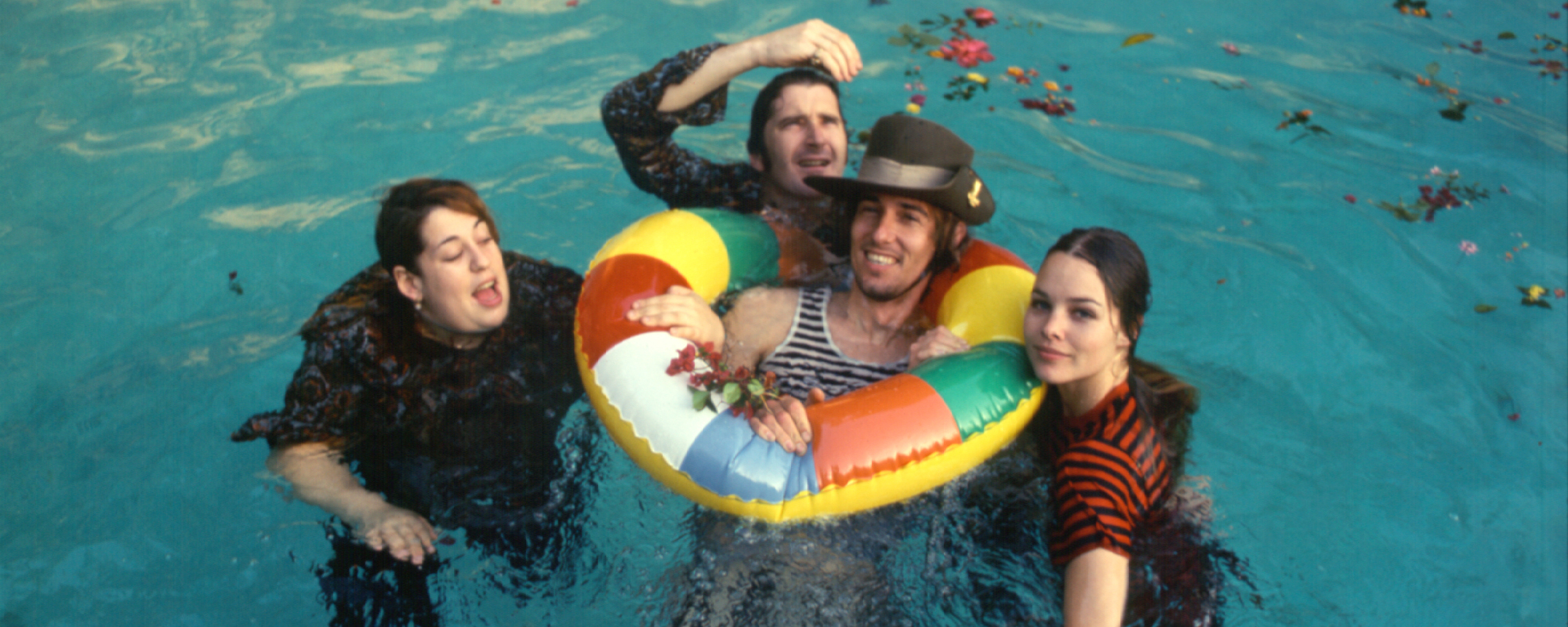

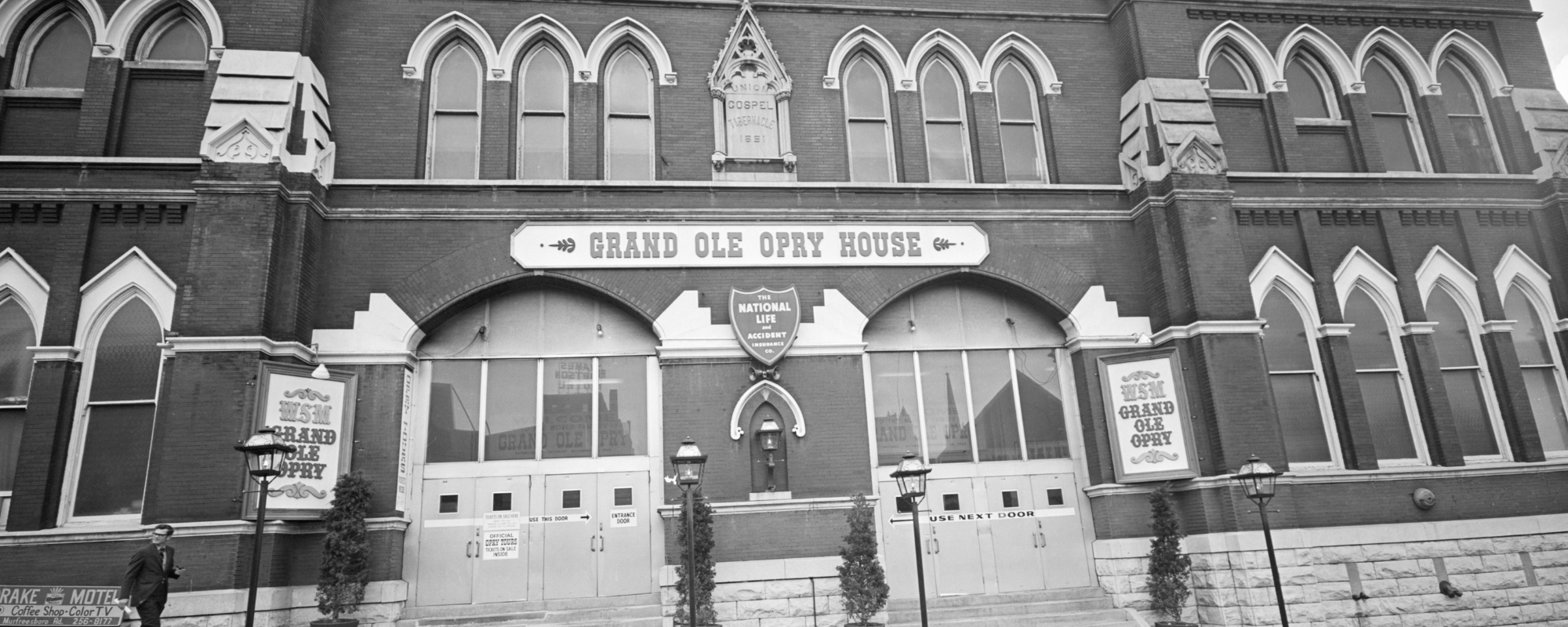
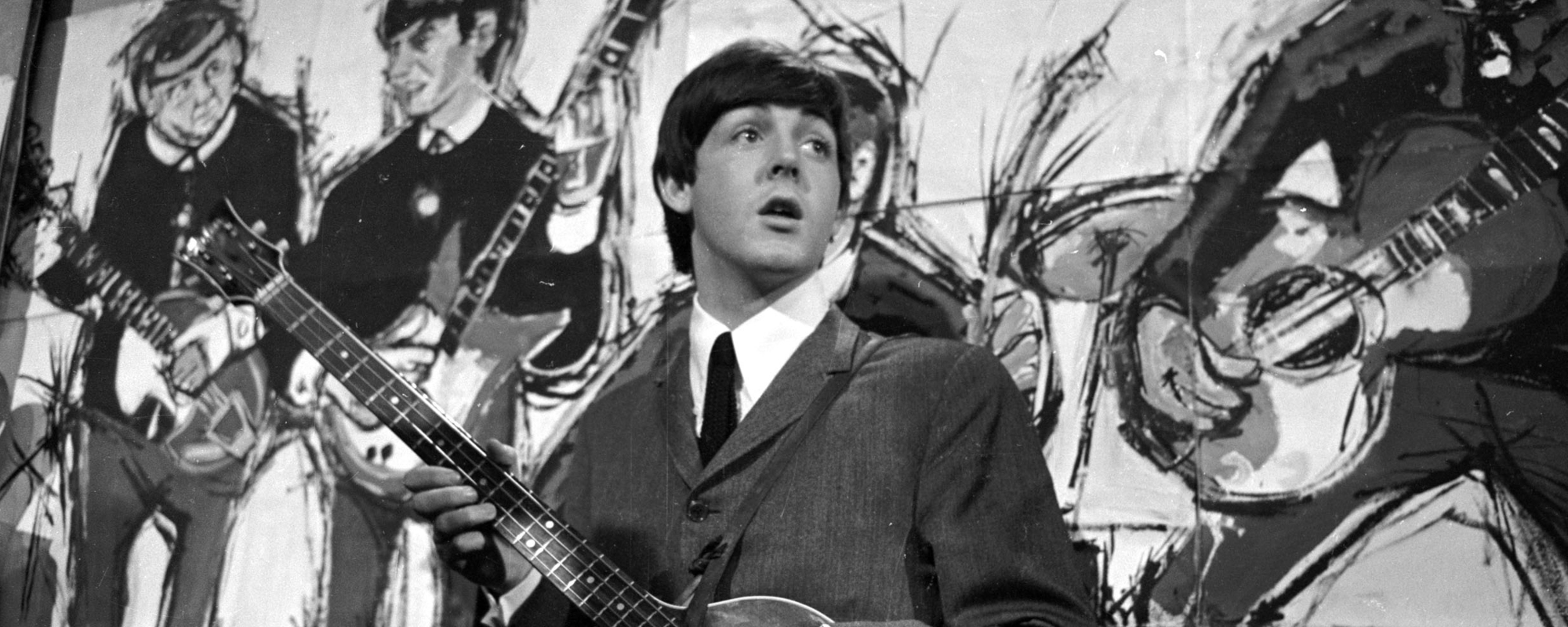

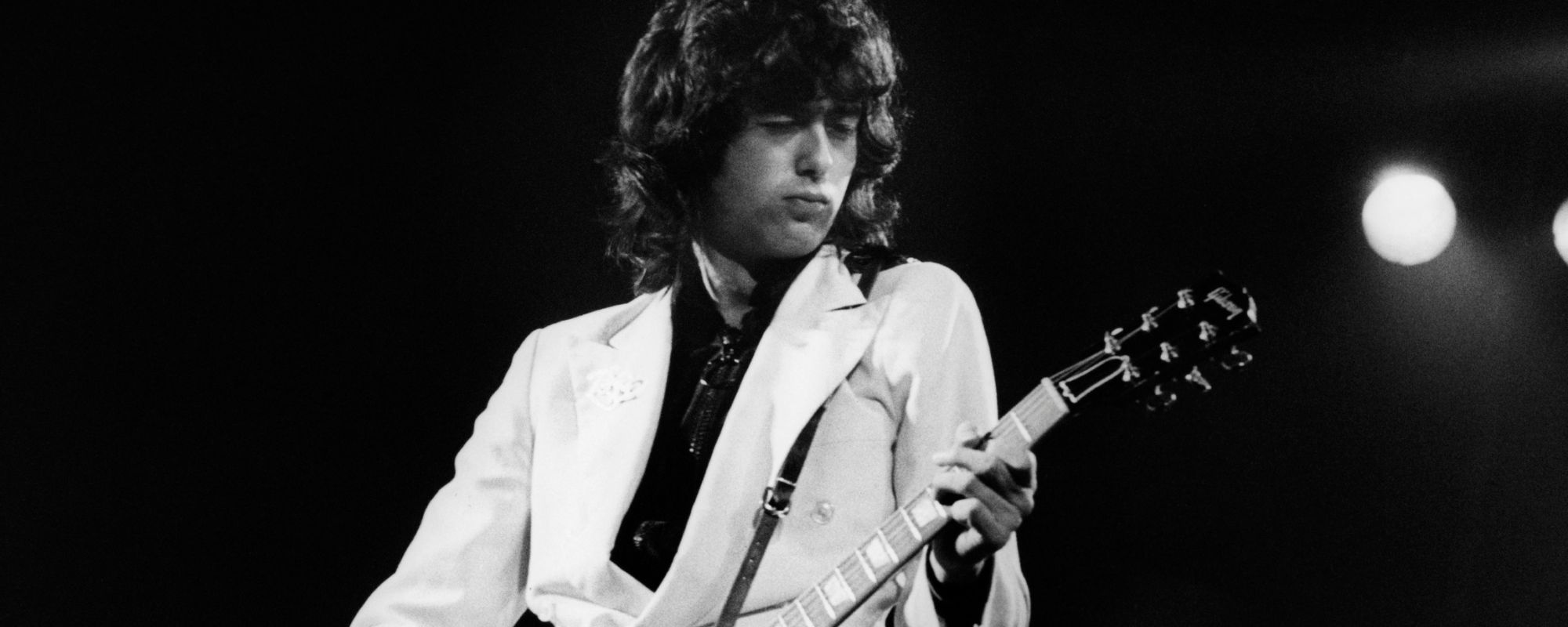

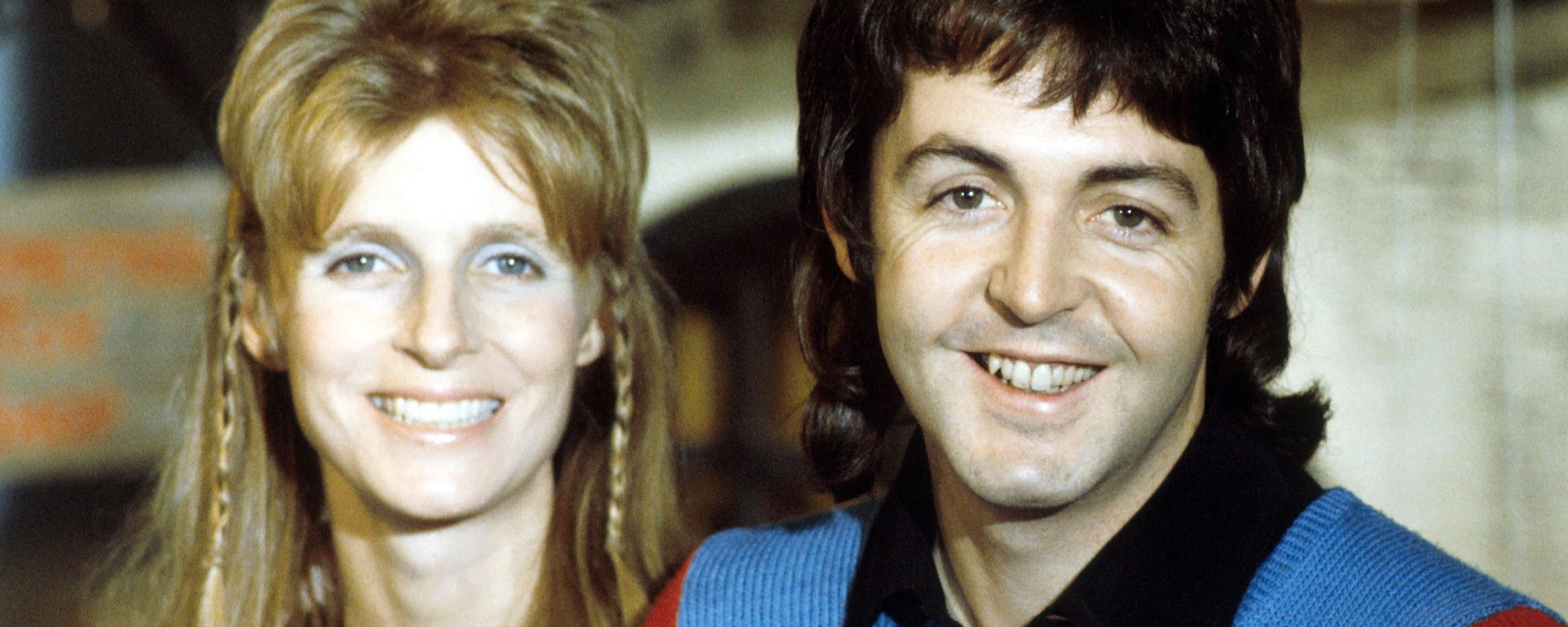

Leave a Reply
Only members can comment. Become a member. Already a member? Log in.